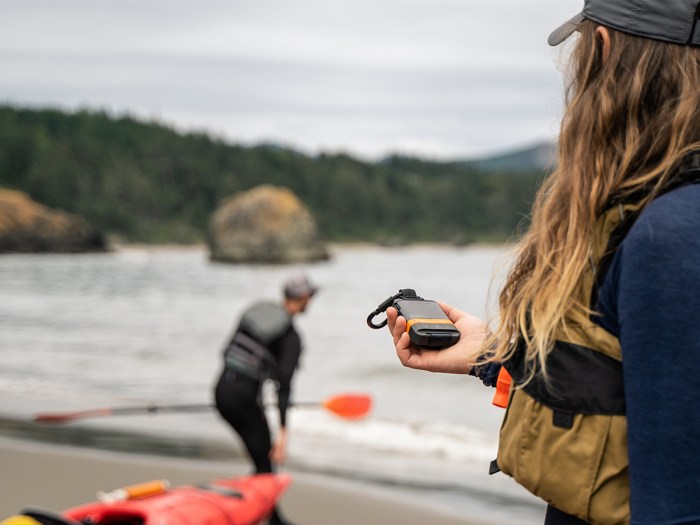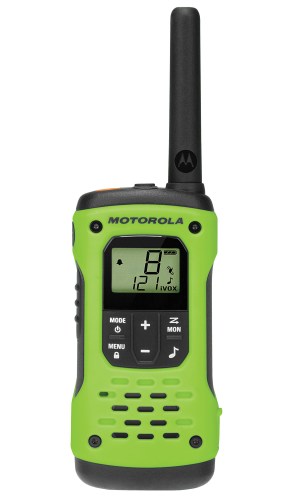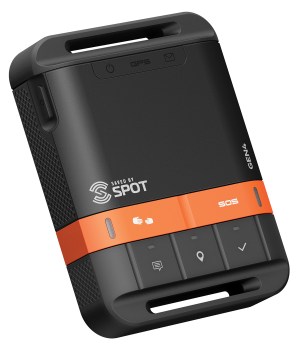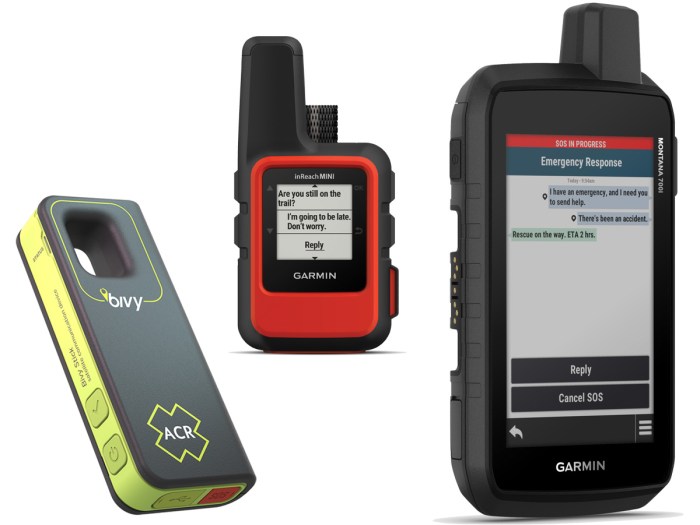How to Choose a Backcountry Communication Device

Whether you want to chat with friends on the ski slopes or you need to send a message during an emergency, having a communication device sure comes in handy.
TWO-WAY RADIOS
 The classic portable walkie-talkies are used primarily for communicating with party members over relatively short distances: While some devices have a range up to 25 miles, terrain and other conditions often limit the signal to a couple of miles.
The classic portable walkie-talkies are used primarily for communicating with party members over relatively short distances: While some devices have a range up to 25 miles, terrain and other conditions often limit the signal to a couple of miles.
Look for:
- Ergonomic radios that are easy to use, like when wearing gloves.
- High-powered (1-2 watts) models that provide better reception — even in steep terrain — and better signal quality.
- Radios with a Continuous Tone Coded Squelch System (CTCSS) or Continuous Digital Coded Squelch System (CDCSS), which provide a privacy or interference-elimination code in addition to 22 channels, helping avoid the channel clutter of other conversations in busy places.
- Features like paging, scanning, weather radio, noise filter and keypad lock.
- Even though different types of walkie-talkies can communicate, buy units in pairs to enable the use of all features on your unit.
The durable and rechargeable MOTOROLA TALKABOUT T600 H2O ($120/pair, shop.motorolasolutions.com) is waterproof and floats, and has 22 channels and 121 privacy codes, hands-free operation, a Push-to-Talk power boost when extended range is needed, an NOAA weather channel and a keypad lock. It covers a range of up to 35 miles and runs on three AA batteries. 1 lb. 9 oz.
ONE-WAY SATELLITE MESSENGERS
 For sending messages from the wilderness to a party back in civilization, look into a one-way satellite messenger, like the SPOT GEN4 ($150, findmespot.com), with options that range from sending customized messages (you can program up to 1,250 messages) and your location to specific recipients to sending an SOS to the appropriate emergency-response team. Spot requires a service plan; prices start at $12/month. One drawback: It doesn’t receive messages. 5 oz.
For sending messages from the wilderness to a party back in civilization, look into a one-way satellite messenger, like the SPOT GEN4 ($150, findmespot.com), with options that range from sending customized messages (you can program up to 1,250 messages) and your location to specific recipients to sending an SOS to the appropriate emergency-response team. Spot requires a service plan; prices start at $12/month. One drawback: It doesn’t receive messages. 5 oz.
TWO-WAY SATELLITE MESSENGERS
The most versatile messaging devices for the backcountry are two-way messengers, used primarily for multiday wilderness adventures. They provide the ability to share your location as well as exchange text messages with another party.
The BIVYSTICK ($350, bivy.com) is a smart little device that’s half the weight of a smartphone and, when paired with a phone, provides two-way texting via satellite to phone numbers or email addresses. Features include location sharing and tracking, SOS signaling with Global Rescue and preset check-in messaging. Downside: It isn’t cheap and requires a data plan (purchased separately, $18 to $50/month). 3.5 oz.

The popular, compact and lightweight GARMIN INREACH MINI ($350, garmin.com) sends messages either directly or with a paired cellphone, and allows texting back and forth. The GARMIN MONTANA 700I ($700, garmin.com) expands the backcountry tool kit with GPS functionality and a 5-inch display and keyboard for typing messages more easily. Garmin’s annual plans start at $12/month. 3.5 oz.
Leave a Comment